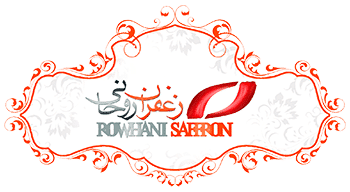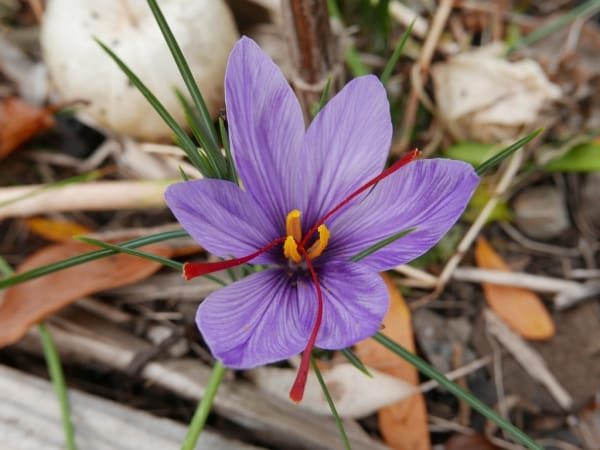Production of 27 kg of saffron this year in Namin city
Mohammad Hassani, pointing out that 27 kg of saffron has been produced in Namin city this year, reminded: this amount of saffron is produced from 10 hectares in the city and its economic value is estimated at about 300 million Tomans.
The director of Jihad Keshavarzi of Namin city, pointing out that saffron is not planted in the agricultural cycle of Namin city for a long time, added: Last year, the area of saffron cultivation in the city was about 10 hectares, which this year has reached 15 hectares and now more than 20 operators are active in the production of this product.
He specified: The time of flowering and harvest of this plant is October to November (according to the cultivated area) and its flowering period lasts 20 days.
The director of Jihad Keshavarzi of Namin city added: the best flowering time is in the early hours of the day and before sunrise, and this plant is cultivated at an altitude of 1200 to 2300 meters above sea level in susceptible areas.
He reminded: in recent years, due to climate change and reduction of water resources, the strategy of changing the cultivation pattern in Namin city has been seriously considered and in this regard, saffron cultivation has been selected as an alternative cultivation in the agricultural lands of the city.
He added: Cultivation of medicinal plants and dehydration, due to economic benefits and adaptation to the climatic conditions of the city, is on the agenda of Jihad Keshavarzi Namin management and expanding the area under saffron cultivation is one of the priorities of this management for further economic growth of the city. In the field of agriculture and employment of people in rural areas.
He continued: This year, 27 kg of saffron with excellent quality level was harvested in different areas of Namin, and it is hoped that due to the suitable location of the city for cultivating this crop in the coming years, its cultivation will be developed and harvested with expert measures. Saffron increased per hectare significantly.
Hassani said: the creation of conversion and complementary industries along with saffron cultivation fields that work in the field of processing and packaging of this product, can be a good opportunity to create employment and increase the economic value of saffron cultivation in the middle.
He continued: Saffron is a plant that needs a little water to survive and therefore has the advantage of growing in areas where there is a shortage of water resources.
He said: the soil in which the saffron plant is grown should not have a high percentage of salinity and the lighter the soil texture, the higher the quality of the product.
He stated: The experts of Jihad Keshavarzi of Namin city are ready to provide the necessary advice for planting this product to the local farmers and to be with the farmers in different stages of planting, holding and harvesting.







Get Social